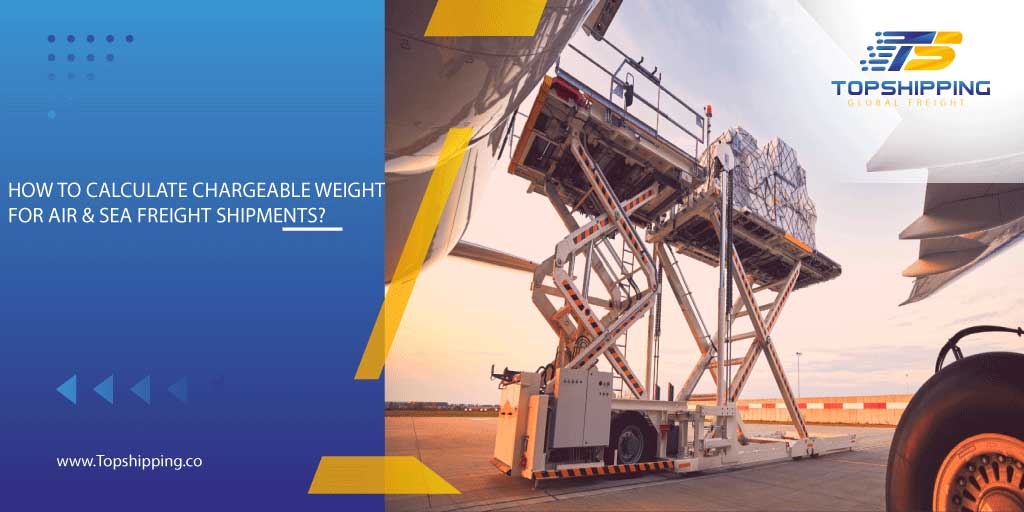Speaking of chargeable weight for shipment, there is a great misunderstanding that may differ between the actual weight and chargeable weight of a package. One factor is dependable, which is the Chargeable weight. It means that big but light packages could be charged by size and not actual weight. Companies do this to make sure that pricing is appropriate and space is used efficiently in transport.
Chargeable weight calculation helps develop effective shipping cost optimization and proper logistics process streamlining. Given that, attention to actual weight and volumetric dimensions allows companies to avoid unexpected charges by ensuring space efficiency in shipments. The understanding of the calculation of chargeable weight allows businesses to negotiate better rates with carriers using the accurate data provided to them, hence allowing eventual cost savings with improved operational efficiency.
Explanation of chargeable weight in logistics:
Chargeable weight is a method that the carriers use to find the cost in logistics, and it is not necessarily the actual weight of the shipment.
The carriers always go for the higher value between actual weight and volumetric weight.
- Actual Weight: Actual weight is considered as the total weight of a shipment that is weighed on a weighing scale.
- Volumetric Weight: Sometimes referred to as dimensional weight, it is an imaginary weight of calculating the size or volume of a shipment. It is applied when the actual weight and size of the package are not in proportion. It is determined by multiplying the length, width, and height of the package with the volumetric divisor that the carrier provides. This is to take into consideration the amount of space the package occupies.
This is done by taking the higher of the two between actual weight and volumetric weight. It’s utilized by carriers to derive shipping costs ,hence, this considers mass aside from the space occupied.
This way, a shipper pays an amount that reasonably compensates carriers for delivering goods against whatever mode of transport is used: air, ocean, road, or rail. Knowing what chargeable weight is helps a business properly plan logistics and budget accordingly.
Air Freight:
Air freight or air cargo transportation, on the other hand, is sending goods by aircraft. It falls into one of the fastest and most viable ways to send goods over a long distance, particularly in urgent situations. It usually finds its application in perishable goods, expensive items, and commodities which have been ordered urgently.
Some of its defining features are:
- Speed: By air, freight is one of the quickest ways of transport, especially when there is urgent delivery. Goods arrive in hours or within days depending on the distance.
- Global Reach: Air freight enables companies to send goods to almost any location in the world; it bridges gaps between far markets and promotes international trade.
- Reliability: Airlines have very tight schedules with reliability and consistency in shipment. Such dependability is very important to companies that have tight delivery schedules.
- Security: Airports maintain tight security to reduce the likelihood of theft or damage to goods being transported. This provides an assurance of safety for both the sender and the receiver.
- Traceability: Most air freight carriers have tracking services that enable the shipper to track where the shipment currently is, its status, and other real-time information.
It, however, may be more expensive than other modes of transports like ocean freight or road transport. In such instances, the speed and efficiency justify the high costs, especially for shipments that are either urgent or of high values. Air freight is an important component of global supply chains as it provides one of the fastest and most reliable methods of intercontinental goods movement.
